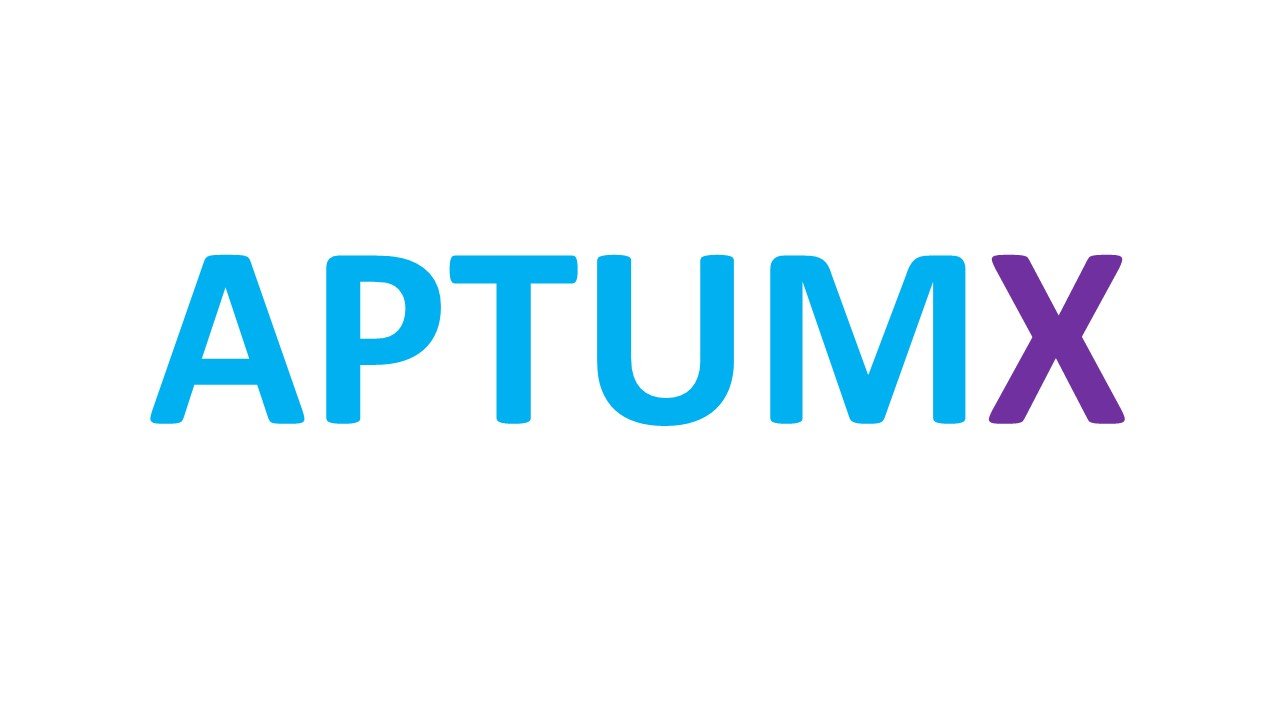The AptumX Business Digital Twin is a single, holistically-designed model of the business. This is essential to understand before embarking on any deployment project.
Whilst the ultimate aim will normally be to automate the business, we always advocate a pragmatic approach to deploying the AptumX Digital Twin.
Invariably, the best point of entry is a specific problem that needs resolving or opportunity to be exploited - such as driving out waste and redundant manual activity, transforming customer journeys or preparing the business for an ERP implementation. This enables early benefit realisation, which in turn both shines a light on other areas of opportunity and builds engagement amongst people in the business. This is the time to start thinking more strategically about using the Digital Twin to automate the business.
Overview of how to use AptumX
AptumX creates a model of a business – a Digital Twin. The model is an enduring repository of business information. It is designed to be changed and extended. This introduces new ways to create the initial model and then to support its continuing use..
The first step is to model the whole enterprise to provide a solid framework for future changes and additions – analogous to creating a human skeleton. A digital twin model has two features that enable this to be completed quickly:
Rather than defining an enterprise from scratch the flexibility of a model allows the use of a template - a strawman - that can be easily modified to fit the business.
This initial definition is at the workflow level – showing how work moves between the staff involved in a process, without specifying the details of the actual tasks that staff perform.
The resulting set of integrated processes describe the demand, supply and value creation activity of the enterprise, and provide a foundation on which to determine and apply changes needed to support future improvement work, such as a new system or a business transformation initiative.
The model is created by a Business Architect modifying the strawman template with details of an enterprise’s operations provided by Business Analysts who have interrogated managers and staff in the business. This ensures consistency in the content of the foundational model and provides a cross-check on the quality of the information being presented.
At this point the model describes the current state of the organization’s processes. It is deemed the Master copy and all future changes subject to control to ensure its integrity long term. The responsibility of ensuring all changes to the Master Model are authorized and consistent with the model design criteria is given to a Business Architect.
The first job of the Master Model is to support the initial improvement project. To apply changes needed to achieve the Outcome parts of the Master Model (processes), covering a business area such as Procurement, are allocated to Business Analysts. Once they have made the changes they pass their part of the model back to the Business Architect who approves it and updates the Master Model.
At the commencement of the next improvement project the area of the business to be improved is extracted and its content verified against actual operations through a workshop to identify any changes that have taken place. The Master Model is then updated before the parts appropriate to the improvement project are extracted for Business Analysts to work on.
Information can be extracted from the model at any time to support a wide variety of activity, from creating detailed work instructions to Lean productivity analysis. The model also creates automated workflows and ERP system functionality.

